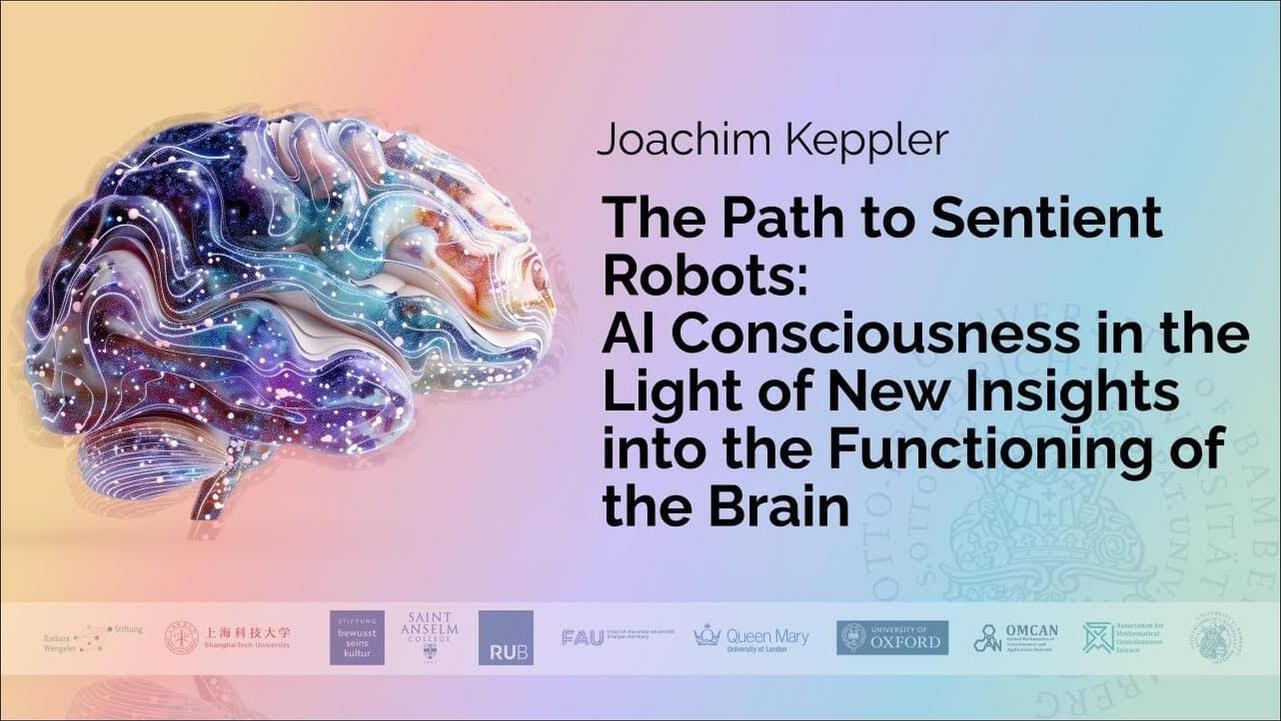The question of the conditions under which Artificial Intelligence (AI) can transcend the threshold of consciousness can only be answered with certainty if we manage to unravel the mechanism underlying conscious systems. The most promising strategy to approach this goal is to unveil the brain’s functional principle involved in the formation of conscious states and to transfer the findings to other physical systems. Empirical evidence suggests that the dynamical features of conscious brain processes can be ascribed to self-organized criticality and phase transitions, the deeper understanding of which requires methods of quantum electrodynamics (QED). QED-based model calculations reveal that both the architectural structure and the chemical composition of the brain are specifically designed to establish resonant coupling to the ubiquitous electromagnetic vacuum fluctuations, known as zero-point field (ZPF). A direct consequence of resonant brain-ZPF coupling is the selective amplification of field modes, which leads us to conclude that the distinctive feature of conscious processes consists in modulating the ZPF. These insights support the hypothesis that the ZPF is a foundational field with inherent phenomenal qualities, implying that the crucial condition for AI consciousness lies in a robot’s capacity to tap into the phenomenal spectrum immanent in the ZPF.
Full Title: The Path to Sentient Robots: AI Consciousness in the Light of New Insights into the Functioning of the Brain.
